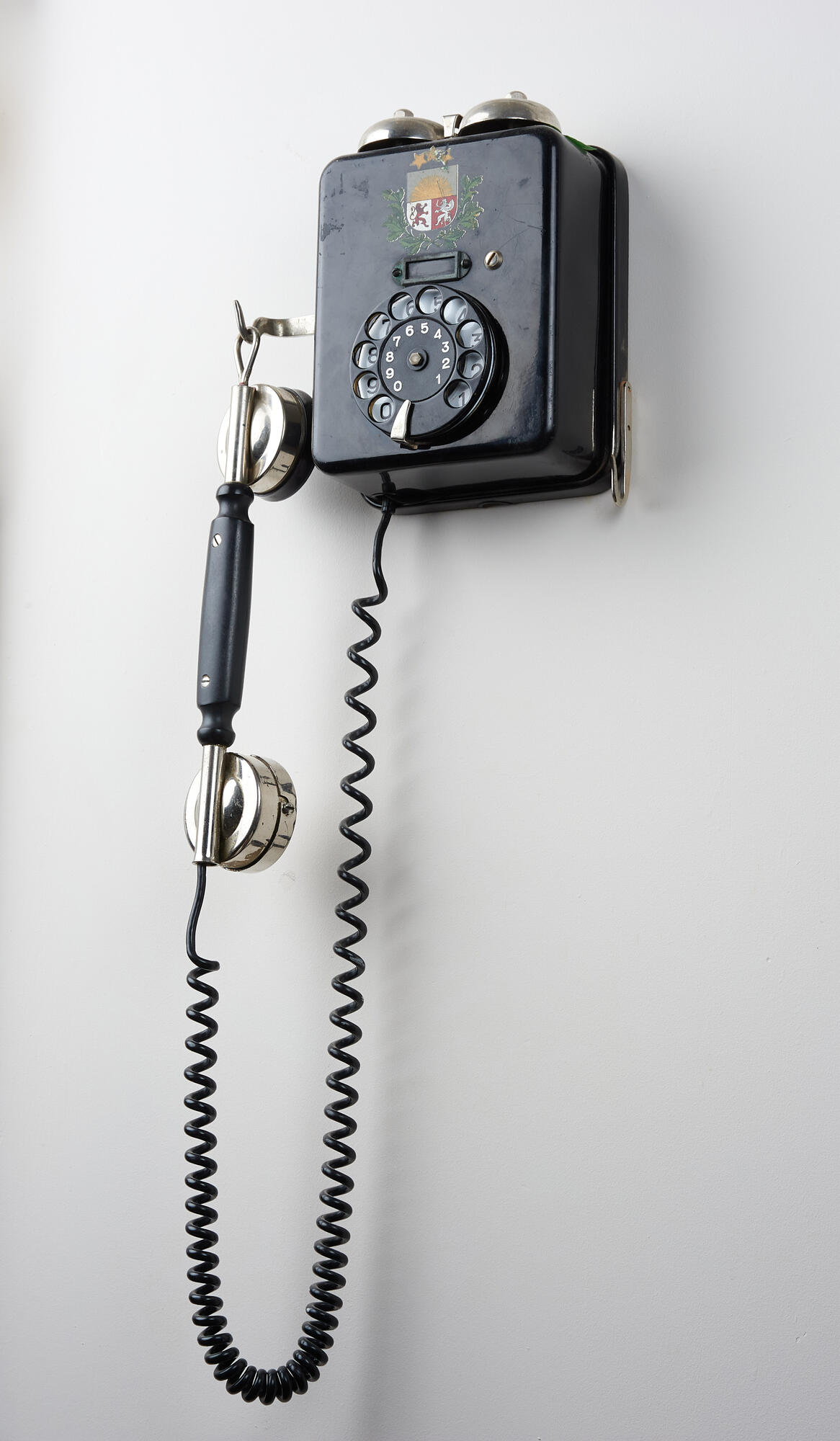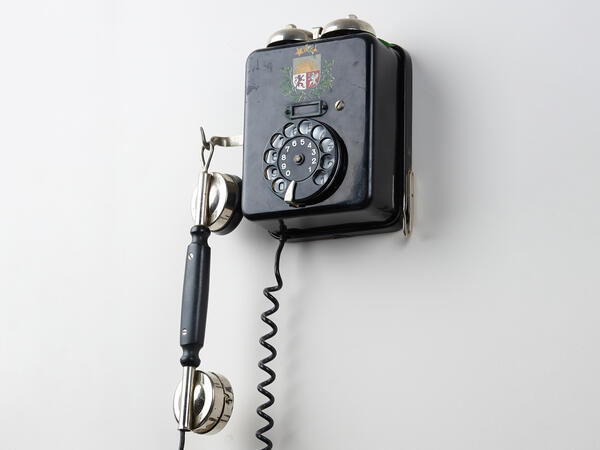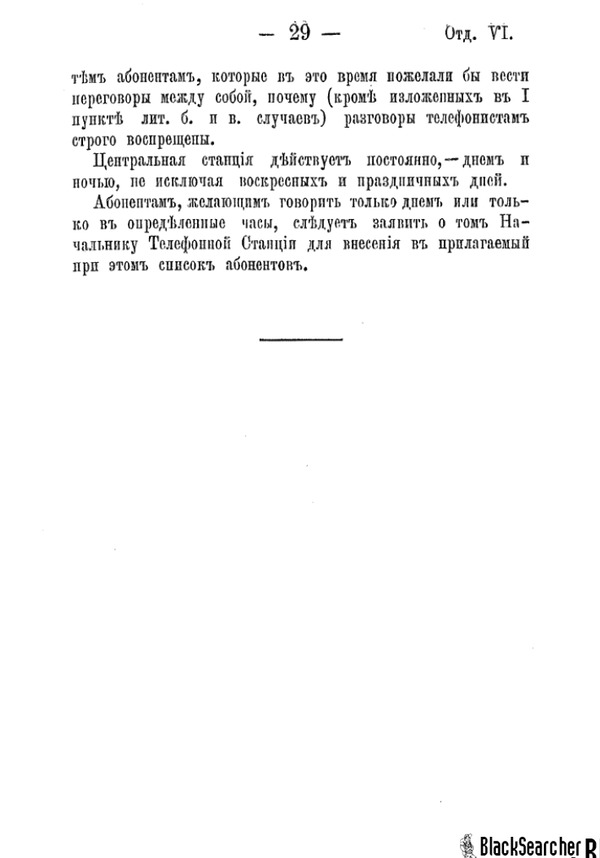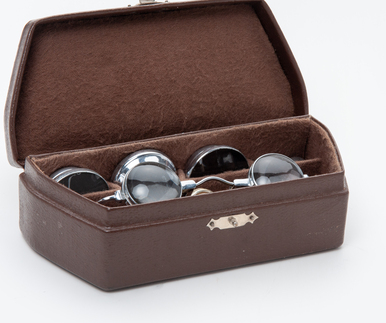In the 19th century, people attributed miraculous power to electricity. It was pretty much considered a source of vital energy. Migraines, blindness and insomnia, joint pain, and even impotence were treated with the electric current. A medical license was not required to engage in such a practice, the ‘doctor’ only needed to have an electrical generator.
One of the owners of such an electric cabinet, an American mechanic of Italian origin, Antonio Meucci, accidentally invented telephone communication. Once during the procedure, he connected the wires to the patient’s lips and went into the next room to adjust the operation of the generator. At some point, the patient began to scream, and Meucci heard his cry as well as if he were standing next to him. After this incident, Meucci finished his medical career but continued to experiment with the device.
In 1860, he published a report in the newspaper that he had invented the ‘sound that runs through wires’ — the telectrophone. However, the inventor did not have enough funds to register a patent. He handed over all the drawings for a small amount of money to the Western Union Company, which promised to help him with the patent, but in the end, the company’s management did not keep its word. In 1876, Alexander Graham Bell, who worked under the patronage of Western Union, received a patent. For several years Antonio Meucci sued Bell and Western Union but to no avail. Only in 2002, the US Congress officially recognized the Italian as the real inventor of telephone communication.
A significant contribution to the improvement of the phone was made by the famous Thomas Edison, who modified the microphone of the device. He also came up with the idea to start a conversation with the word ‘hello’.
In Russia, telephone communication began to work in 1881. The simplest device cost the owner 30–70 rubles, which was the monthly salary of an average official. The subscription fee was 250 rubles a year — one could rent a small apartment in the capital for almost a year with this money. Two telephone users were connected by a telephone operator using a switchboard. Eight seconds were allowed for one connection. During this time, the telephone operator had to accept the call and understand which of the available service sockets should be plugged in to connect the telephone users. When the conversation ended, the caller turned the knob on the phone. At this time, a clearing-out drop reacted on the switchboard, which served as a sign for the telephone operator that the connection could be interrupted.
The exhibition ‘Old Tula Pharmacy’ presents a telephone made in Germany in the 1930s. For the first time, such devices appeared in the 1890s in the United States together with automatic telephone offices. In Russia, such offices began to be widely used only in the late 1920s.






